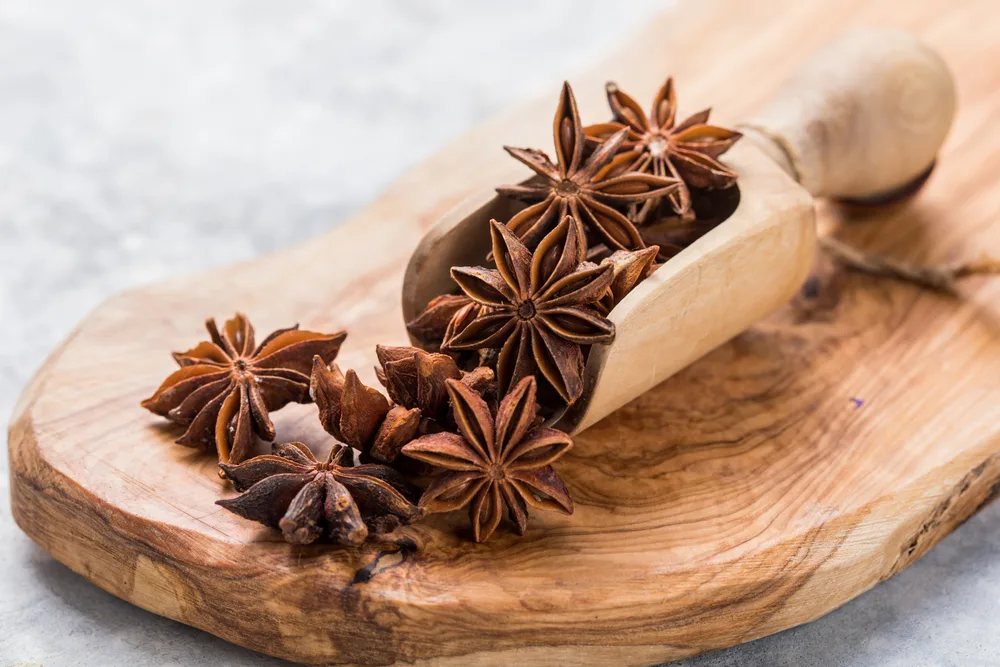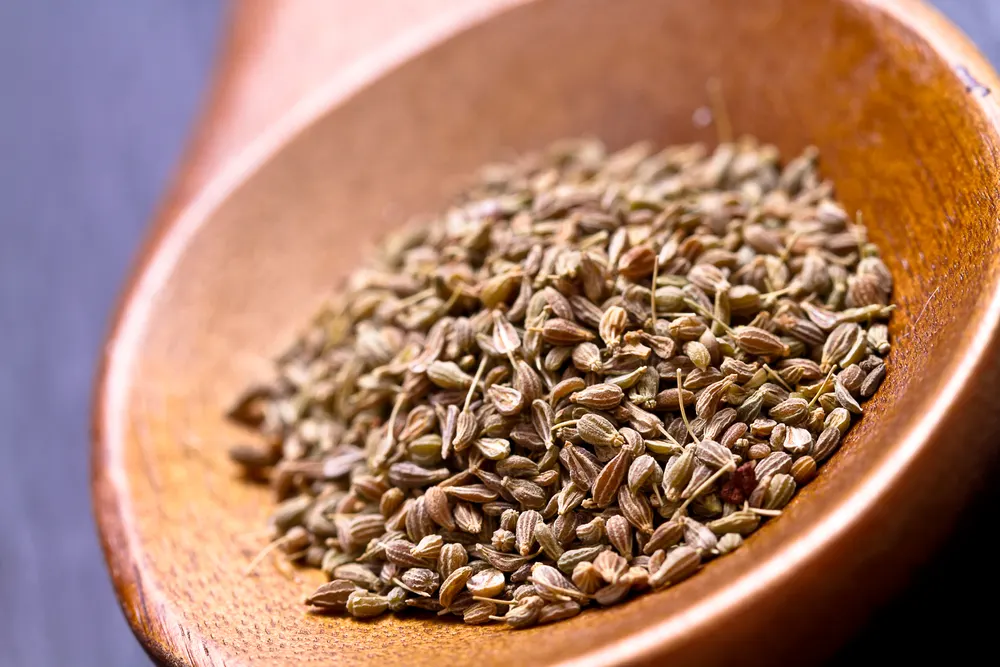Growing anise, with its aromatic seeds and unique licorice-like flavor, is a popular choice for culinary enthusiasts and herbal remedy seekers alike. While it’s readily available in stores, cultivating your own anise at home brings a sense of satisfaction. This guide will walk you through the process of growing anise from seed to spice using containers, right in the comfort of your home.

Why Choose Homegrown Anise?
- Freshness: Homegrown anise offers superior flavor and aroma compared to store-bought varieties.
- Convenience: Having anise readily available at home eliminates the need for frequent store visits.
- Health Benefits: Anise is known for its digestive aid and relaxation properties, making it a valuable addition to any home garden.
- Educational Experience: Growing anise provides hands-on learning opportunities about plant cultivation and herbalism.
Getting Started
To start growing anise at home, you’ll need:
- Anise Seeds: Obtain high-quality anise seeds from a trusted source.
- Containers: Choose pots or planters with proper drainage.
- Potting Mix: Use well-draining potting mix enriched with organic matter.
- Watering Can: Maintain consistent soil moisture without overwatering.
- Sunlight: Find a sunny spot with ample sunlight exposure.
Step-by-Step Guide

- Prepare Containers: Fill containers with potting mix, leaving space from the rim and ensuring drainage.
- Plant Seeds: Sow anise seeds evenly across the soil surface, gently pressing them in and covering with a thin layer of potting mix.
- Watering: Keep soil consistently moist, watering thoroughly after planting.
- Sunlight and Temperature: Place containers in a sunny location with temperatures between 65°F and 75°F (18°C to 24°C).
- Thinning Seedlings: Thin out seedlings to ensure proper spacing, removing weaker ones.
- Fertilization: Apply balanced fertilizer every 4-6 weeks to support healthy growth.
- Maintenance: Monitor plants for pests and diseases, ensuring consistent soil moisture.
- Harvesting: Harvest seeds when they turn brown and fragrant, drying them before storage.
Tips for Success
- Pruning: Trim foliage occasionally to encourage bushier growth.
- Companion Planting: Grow anise alongside basil, dill, or cilantro to attract beneficial insects.
- Container Size: Choose containers large enough to accommodate mature plants’ root systems.
Growing anise at home offers a rewarding experience, providing fresh herbs for culinary delights and herbal remedies. Follow these steps and tips to cultivate healthy anise plants and enjoy flavorful seeds year-round. Embark on your anise-growing journey today!
